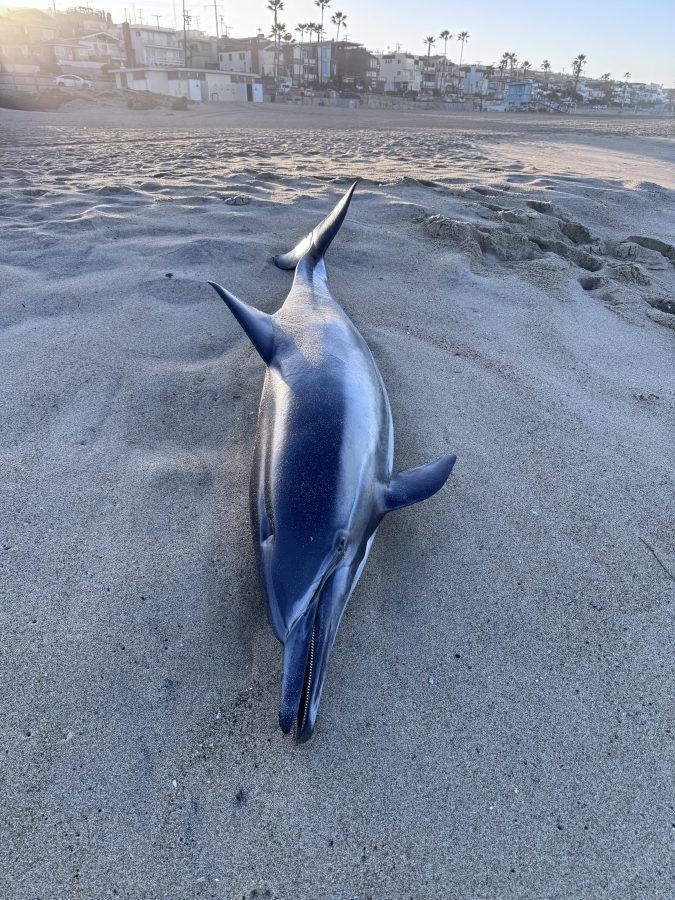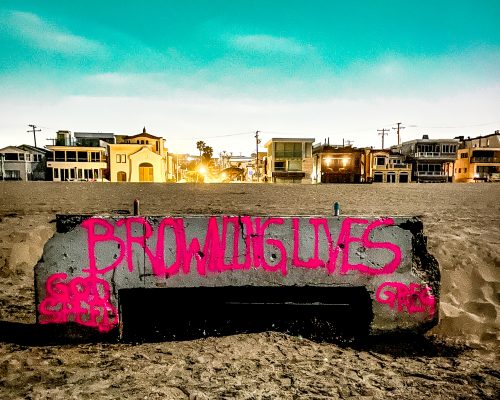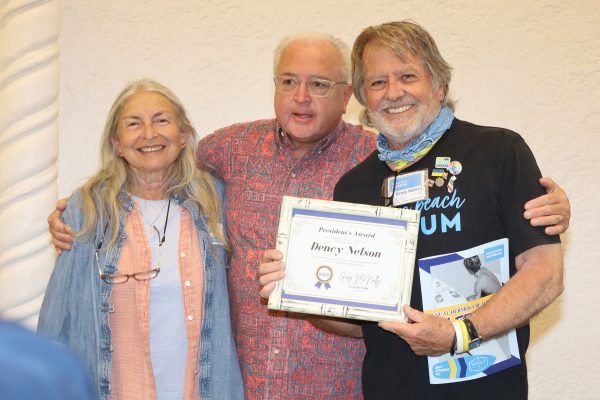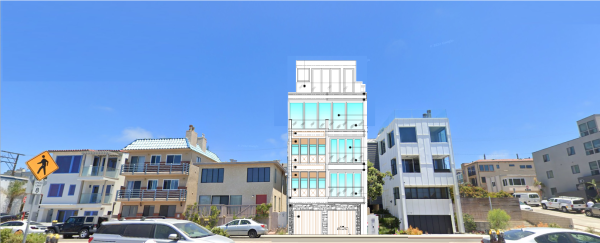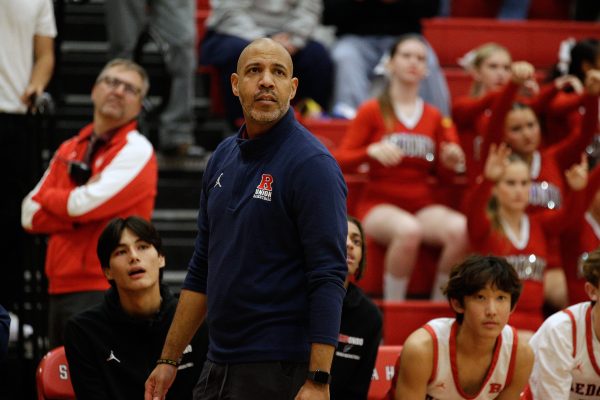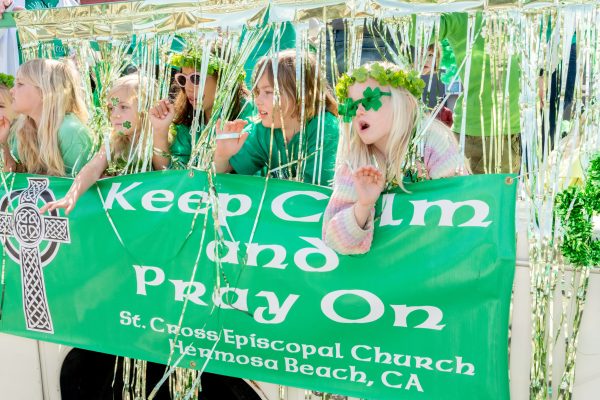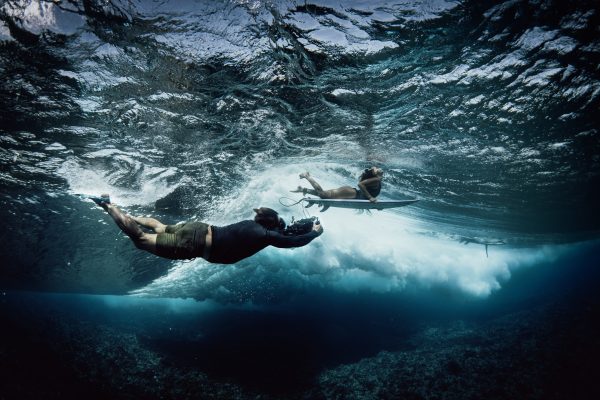by Mark McDermott
A toxic algal bloom in local ocean waters is causing a wave of sickness and death among dolphins, sea lions, and other marine wildlife. The event, also known as a red tide, is causing many of the animals to wash up in Manhattan Beach.
Biologist Eric Martin, co-director of the Roundhouse Aquarium, spoke at City Council Tuesday night, issuing an urgent warning for people to stay clear of the sick and dying animals.
“We’re having a lot of animals coming up dead on the beaches,” Martin said. “Dolphins. Sea lions. Just today, we had five dolphins coming up on the beach. A young teenager from Las Vegas almost got hit in the head with a [sea lion] tail because it’s flopping on the beach. Sea lions are turning crazy, and people think that they want to get selfies with them.”
The toxic bloom causes a phenomenon called demonic acid poisoning and actually eats away at the brains of marine life, causing erratic and sometimes violent behavior in the animals, and often eventually kills them. It originates with a neurotoxin called Pseudo-nitzschia austalis that accumulates in plankton and small fish and works its way up the food chain.
“The sardines are eating it, and then the sea lions are eating the sardines, and the whole food chain is coming up,” Martin said. “What does it do? It turns the brain crazy, so the animal has no idea what it is doing. So if someone sees a dolphin, don’t try to turn it around and get it back in the water. It will come back up again. It’s a death sentence for the dolphin.”
Martin said he’s witnessed 30 to 40 seabirds dying daily as well.
“So when you see a bird on the beach, especially the cormorants, the dark ones with the long beaks, don’t try to get a selfie from it,” he said. “You’re going to get your eyes poked out.”
Martin advised people to tell the nearest lifeguard about any beached animal and to stay 50 feet away from the animal, which is federal law.
Jackie May, who volunteers as a “first responder” in these cases for the Marine Mammal Care Center in San Pedro, said that the poisoning is occurring on all LA County beaches but with particular severity on local beaches.
“I’ve been been called out on 60 sea lions over the last three weeks,” she said. “We had 10 dolphins today in our area, we’ve been having 10 to 15 and more sea lions. We can’t pick them all up. Our hospital is full. All the hospitals up and down the coast are full. We just set up our parking lot to keep the animals. We give them anti-seizure medicine that’s on back order. So we’re in a lot of trouble. This algae bloom is not going to let up for the foreseeable future. We patrol 75 miles of Los Angeles County coast beaches and Manhattan Beach, Hermosa, Redondo, and Dockweiler….About 45 percent of the animals that beach are in our area.”
May asked the Council to consider agendizing a future item to contribute to the Marine Mammal Care Center, which is a non-profit and is struggling to keep up with all the demands it is facing during this crisis. She also echoed Martin’s warnings regarding beachgoers keeping their distance from the sick animals.
“This is a public safety issue,” she said. “Yesterday, I was in Redondo Beach at the harbor, and there was a young, probably two year old female sea lion on the ramp. A couple came up with four children under five, and the children wanted to go down and talk to the sea lion. The guy got angry with me, because I don’t look like a cop. I said, ‘They can outrun you, two to three times faster than we can run, on rocks or sand. They just propel themselves. So it’s extremely dangerous, and their bite is really nasty. They have teeth like a dog, a bit bigger and just full of bacteria. It’s really bad. The illness does make them crazy, and they can react if they feel threatened. But a lot of times they’re lethargic and they don’t react. Now we just have so many animals that a lot of them are not making it. So we really need help.”
May said anyone spotting beached marine life can call the Marine Mammal hotline, which is 800-39-WHALE.
MBPD Chief Rachel Johnson said people can also call 911.
“If you don’t know who to call, call us,” she said. “We will get the ball rolling, get things started. But above all else, please stay away from these ill and injured wildlife. They’re called wildlife for a reason, because they are wild, and they don’t respond well to human interaction, especially when they’re unwell.” ER

